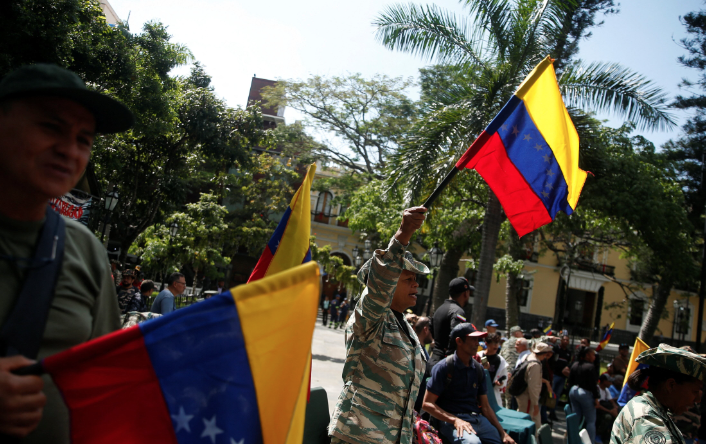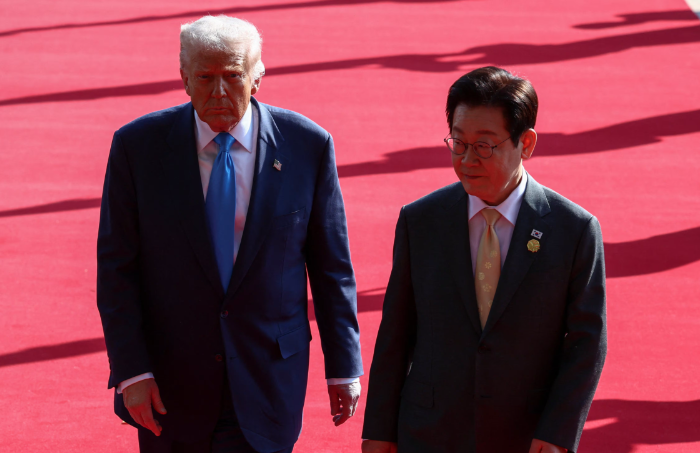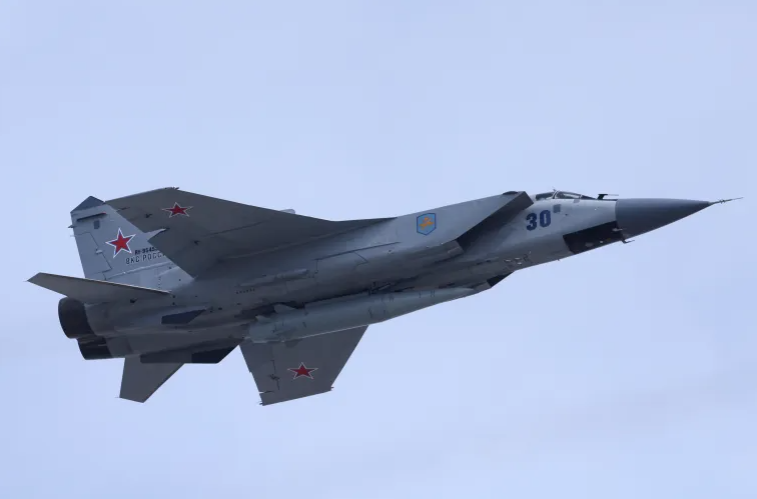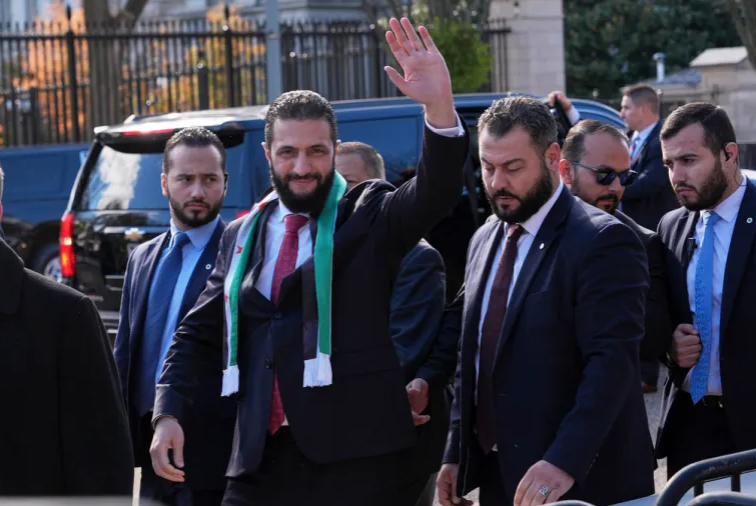WORLD NEWS

Efforts to implement the next phase of U.S. President Donald Trump’s Gaza plan are faltering, increasing the likelihood of a long-term de facto partition between areas controlled by Israel and those under Hamas, multiple sources told Reuters.
Six European officials with direct knowledge of the negotiations said reconstruction efforts now appear likely to be confined to Israeli-controlled areas, leaving Hamas-ruled territories in prolonged devastation. Experts warned this could entrench separation for years.
Current Situation in Gaza
Under the first stage of the plan, effective October 10, Israel controls 53% of Gaza, including farmland, Rafah in the south, parts of Gaza City, and other urban areas. Nearly all of Gaza’s 2 million residents live amid rubble and tent camps across Hamas-controlled areas.
Drone footage from November shows catastrophic destruction in northeast Gaza City, following months of bombardment and Israel’s final assault before the ceasefire.
Israeli forces have placed large yellow cement blocks to mark the withdrawal line, while building infrastructure in the areas they control. Soldiers remain stationed at outposts to prevent militant infiltration, with the army pledging to move further only once Hamas disarms and a multinational force is in place.
Stalled Next Stage of Trump Plan
The second stage envisages:
· Israel withdrawing further from the yellow line
· Establishing a transitional authority to govern Gaza
· Deploying a multinational security force
· Disarmament of Hamas
· Starting reconstruction
However, Hamas refuses to disarm, Israel rejects the involvement of the West Bank-based Palestinian Authority, and the multinational force remains uncertain. Jordanian Foreign Minister Ayman Safadi emphasized the challenge:
"Everybody wants this conflict over… Question is, how do we make it work?"
U.S. officials, including Vice President JD Vance and Jared Kushner, suggested reconstruction funds could begin in Israeli-controlled areas even without progress on the next stage. Experts warn this risks locking Gaza into long-term division.
Challenges to Reconstruction and Governance
· Gaza’s rebuilding costs are estimated at $70 billion.
· Gulf nations are reluctant to provide funding without Palestinian Authority involvement and a path to statehood, which Israel resists.
· European and Arab states want trained Palestinian Authority officers to return alongside a multinational force, but Israel opposes this.
Hamas has released the last 20 living hostages and the remains of 24 others, but continues to reassert itself locally, policing areas and maintaining control over civil infrastructure.
Residents fear a divided Gaza could fragment communities and restrict movement, while Palestinian officials warn that genuine reconstruction and stability require full Palestinian sovereignty.
British Foreign Secretary Yvette Cooper cautioned:
"Gaza must not get stuck in a no man’s land between peace and war."
Outlook
Absent major shifts in Hamas’ or Israel’s positions or U.S. pressure, the Trump plan is unlikely to move beyond the ceasefire. The yellow line risks becoming the de facto permanent border, further delaying Palestinian aspirations for statehood and prolonging a humanitarian crisis.




